
Landstraße: Vienna's Historical Heart with Modern Charm
Discover the charm of Landstraße in Vienna, where historical elegance meets modern vibrancy, offering a perfect blend of culture, architecture, and local life.
Landstraße is a captivating blend of the old and new, offering tourists a unique window into Vienna's rich history and vibrant present. As you wander through its streets, you'll discover grandiose architecture, including the stunning Belvedere Palace, which houses an impressive collection of Austrian art. The neighborhood's historical roots are evident in its well-preserved buildings and charming streets, which paint a vivid picture of Vienna's past. But Landstraße isn't just about history. It's a lively district, teeming with contemporary culture and modern amenities. You'll find a plethora of trendy cafes, boutique shops, and gourmet restaurants that cater to every taste. The Rochusmarkt, a bustling local market, provides a delightful glimpse into Viennese daily life with its fresh produce, artisan goods, and friendly atmosphere. For those looking to relax, the Stadtpark offers a serene escape with its lush greenery and beautiful sculptures. Music lovers will appreciate the nearby Konzerthaus and Musikverein, where world-class performances are a regular occurrence. Whether you're a history buff, a foodie, or just looking to soak in the local culture, Landstraße has something to offer for every traveler.
Local tips in Landstraße
- Visit the Belvedere Palace early in the morning to avoid crowds and enjoy the art collection in peace.
- Take a stroll through Rochusmarkt for a taste of local Viennese life and to sample fresh, local produce.
- Catch a classical music concert at the Konzerthaus or Musikverein for an unforgettable cultural experience.
- Spend an afternoon relaxing in Stadtpark, where you can enjoy beautiful sculptures and serene walking paths.
- Use public transport for easy access to other parts of Vienna; the Landstraße district is well-connected by trams and the U-Bahn.
Landstraße: Vienna's Historical Heart with Modern Charm
Landstraße is a captivating blend of the old and new, offering tourists a unique window into Vienna's rich history and vibrant present. As you wander through its streets, you'll discover grandiose architecture, including the stunning Belvedere Palace, which houses an impressive collection of Austrian art. The neighborhood's historical roots are evident in its well-preserved buildings and charming streets, which paint a vivid picture of Vienna's past. But Landstraße isn't just about history. It's a lively district, teeming with contemporary culture and modern amenities. You'll find a plethora of trendy cafes, boutique shops, and gourmet restaurants that cater to every taste. The Rochusmarkt, a bustling local market, provides a delightful glimpse into Viennese daily life with its fresh produce, artisan goods, and friendly atmosphere. For those looking to relax, the Stadtpark offers a serene escape with its lush greenery and beautiful sculptures. Music lovers will appreciate the nearby Konzerthaus and Musikverein, where world-class performances are a regular occurrence. Whether you're a history buff, a foodie, or just looking to soak in the local culture, Landstraße has something to offer for every traveler.
Iconic landmarks you can’t miss
Belvedere-Schlossgarten
Discover the enchanting Belvedere-Schlossgarten in Vienna, a perfect blend of nature and history, ideal for leisurely strolls and picturesque views.
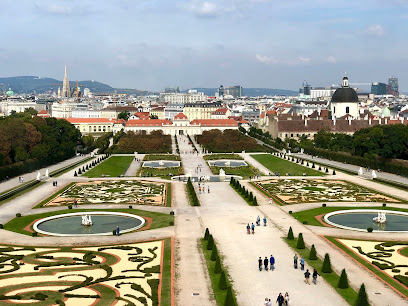
Hundertwasser House
Explore the iconic Hundertwasser House in Vienna, a masterpiece of color and creativity that harmonizes art with nature in a stunning architectural experience.
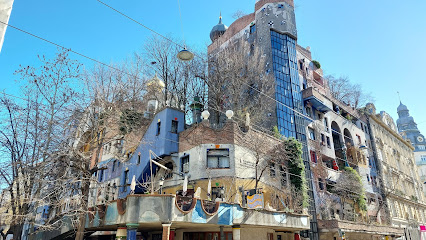
Lower Belvedere
Explore Lower Belvedere, Vienna's captivating art museum and historic palace, where Baroque grandeur meets modern masterpieces.
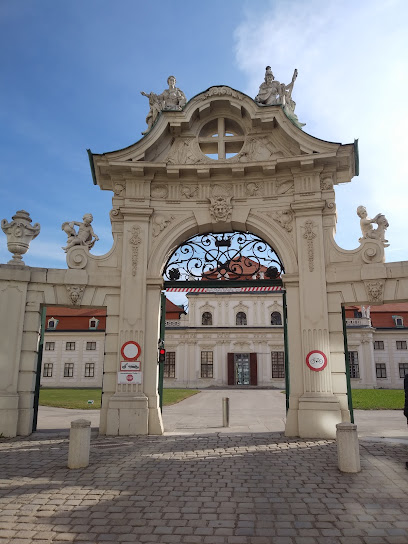
Kunst Haus Wien. Museum Hundertwasser
Explore the artistic brilliance of Friedensreich Hundertwasser at Kunst Haus Wien, a unique art museum blending nature, architecture, and creativity.
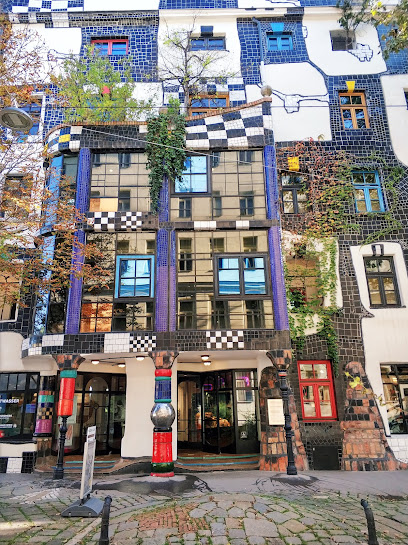
Hochstrahlbrunnen
Explore the enchanting Hochstrahlbrunnen, a historical landmark in Vienna renowned for its stunning water displays and significant cultural history.
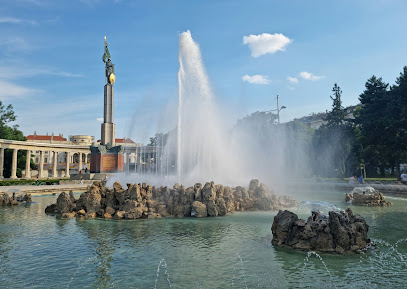
Monument in honor of the soldiers of the Soviet Army
Explore the poignant Soviet Army Memorial in Vienna, a tribute to valor and sacrifice amidst stunning historical architecture.
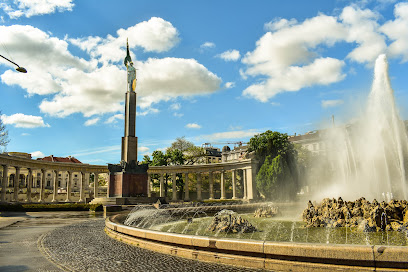
Rudolf-Steiner-Denkmal
Discover the Rudolf-Steiner-Denkmal in Vienna, a unique tribute to holistic education and philosophy amidst a serene urban backdrop.
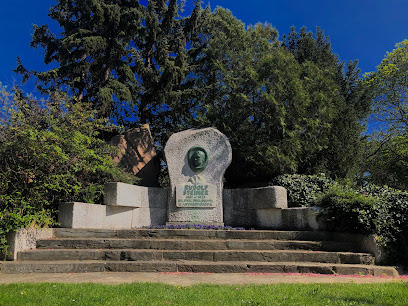
Skulptur Elefant
Discover the Skulptur Elefant, a stunning symbol of art and culture in Vienna, where history and creativity converge in a beautiful urban setting.
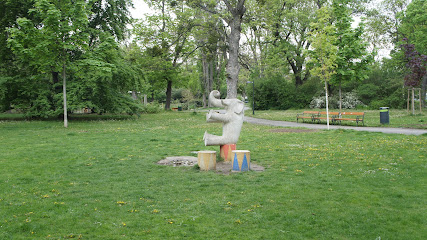
Fasanplatz
Explore the tranquil charm of Fasanplatz, a hidden gem in Vienna, perfect for relaxation and immersing in local culture amidst stunning greenery.
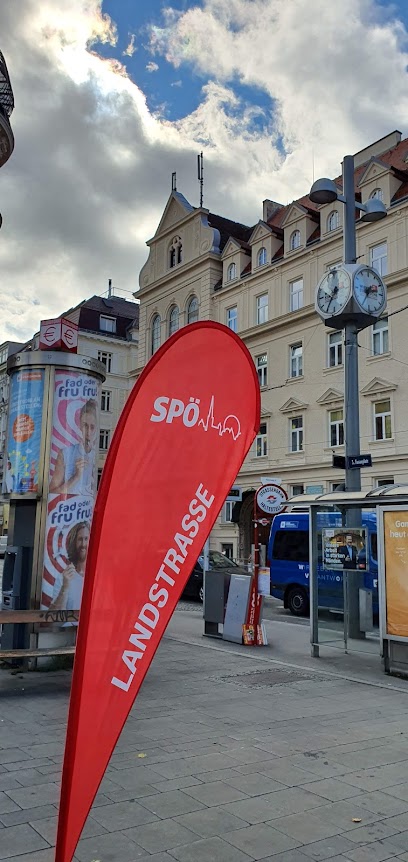
Gedenkplakette Jakob Degen
Explore the Gedenkplakette Jakob Degen, a poignant memorial in Vienna honoring history, culture, and significant contributions to society.
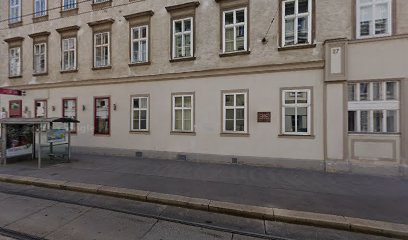
Unmissable attractions to see
Prater
Discover the magic of Prater, Vienna's historic amusement park with thrilling rides, scenic parks, and delightful dining options for all ages.
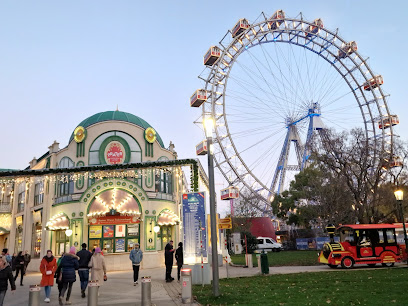
Belvedere Palace
Explore the breathtaking Belvedere Palace in Vienna, home to stunning art collections, beautiful gardens, and rich historical significance.

Hofburg
Discover the splendor of Hofburg, Vienna's majestic imperial palace, where history, culture, and breathtaking architecture converge.
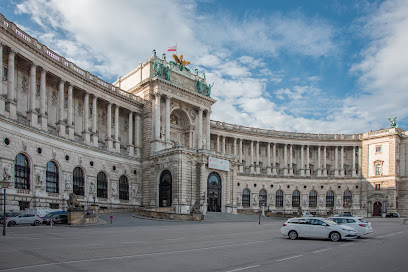
Viennese Giant Ferris Wheel
Discover the breathtaking views and rich history of the Viennese Giant Ferris Wheel, a must-see landmark in Vienna.
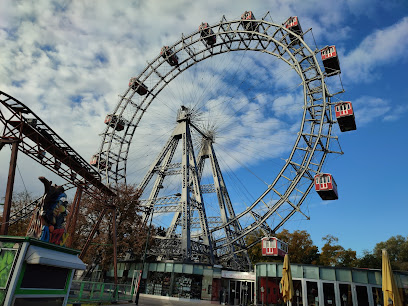
Hundertwasser House
Experience the vibrant creativity of Hundertwasser House in Vienna, a unique architectural marvel blending art, nature, and sustainability.
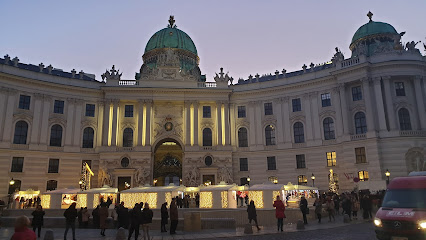
Kunst Haus Wien. Museum Hundertwasser
Discover the vivid creativity of Hundertwasser at Kunst Haus Wien, a unique art museum that blends innovative design with environmental consciousness.

Donauweibchen-Brunnen
Explore the Donauweibchen-Brunnen, a stunning historical fountain in Vienna, steeped in legend and beauty, perfect for leisurely visits and memorable photos.
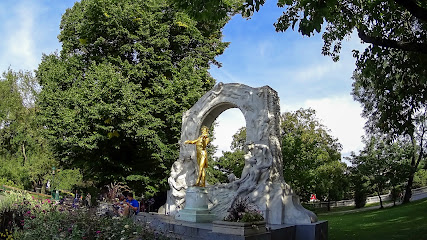
Hundertwasser Brunnen
Explore the vibrant Hundertwasser Brunnen in Vienna, where art, nature, and architecture merge into a stunning fountain experience.
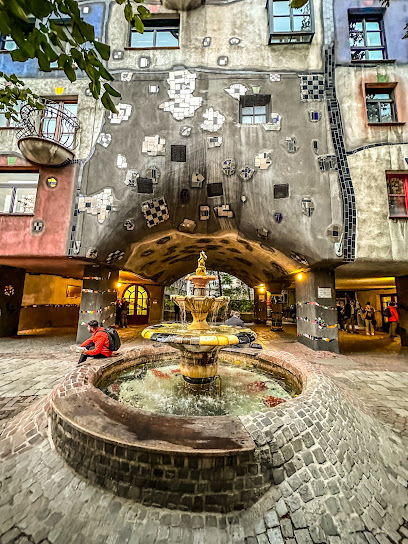
Fasanplatz
Experience the serene beauty of Fasanplatz, Vienna's hidden gem, perfect for relaxation and exploration in the heart of the city.
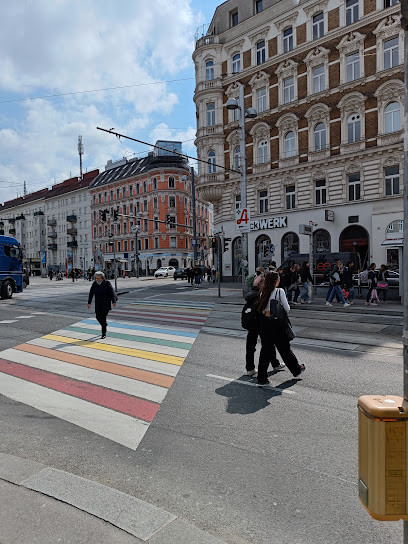
Denkmal zur Erinnerung an Nawalny
Explore the Denkmal zur Erinnerung an Nawalny in Vienna, a poignant tribute to courage, resilience, and the fight for democracy against oppression.
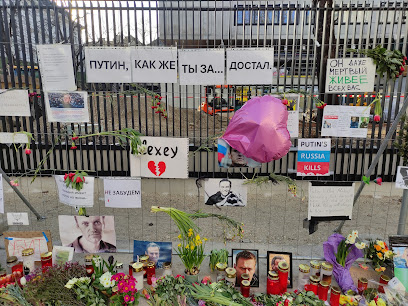
Essential places to dine
Salm Bräu
Discover authentic Austrian flavors at Salm Bräu, Vienna's premier brewpub offering delectable dishes and handcrafted beers.

Rochus
Discover the culinary charm of Rochus in Vienna - where tradition meets modern dining in a vibrant atmosphere.
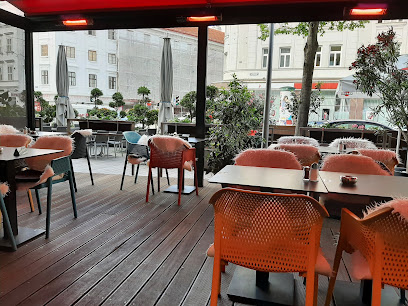
Gmoa Keller
Discover authentic Austrian cuisine at Gmoa Keller in Vienna—where tradition meets taste in a cozy setting.
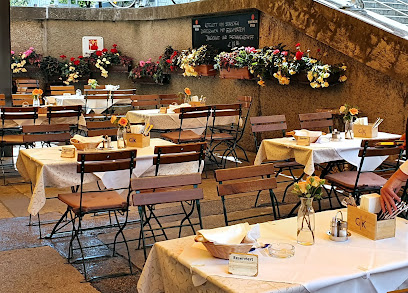
Steirereck
Discover the exquisite flavors of Austria at Steirereck, where culinary innovation meets traditional craftsmanship in an elegant setting.
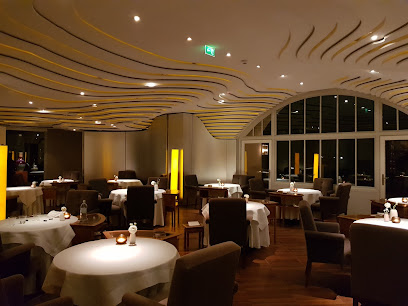
Chilai
Discover the vibrant flavors at Chilai, Vienna's culinary hotspot offering fresh dishes and delightful takeout options.
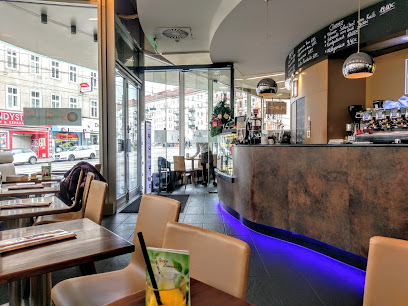
Moment Cafe and Restaurant
Discover the flavors of Vienna at Moment Cafe and Restaurant, where traditional dishes meet modern culinary artistry.
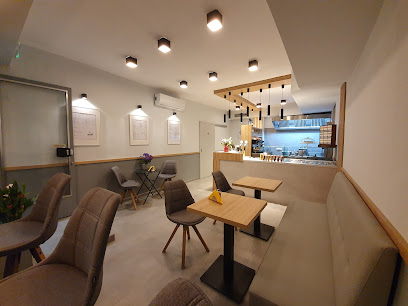
Heunisch & Erben
Experience exquisite Austrian cuisine and exceptional wines at Heunisch & Erben, Vienna's top culinary destination.

Hemmers
Experience authentic Austrian cuisine at Hemmers in Vienna - where tradition meets modernity for an unforgettable dining adventure.
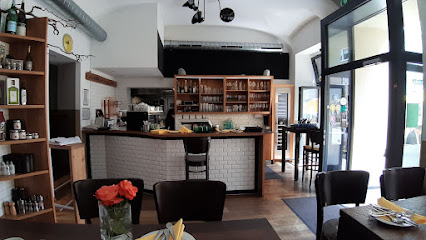
The Legends Vienna
Experience authentic American cuisine at The Legends Vienna—where hearty flavors meet vibrant atmosphere in Austria's capital.
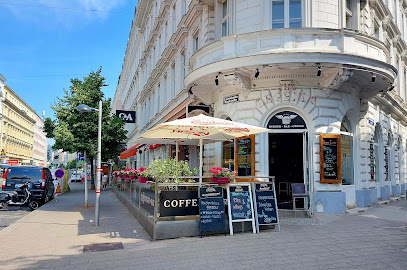
Great Amritsar Best Indian Restaurant
Experience authentic Indian cuisine at Great Amritsar in Vienna—where every dish tells a story of tradition and flavor.
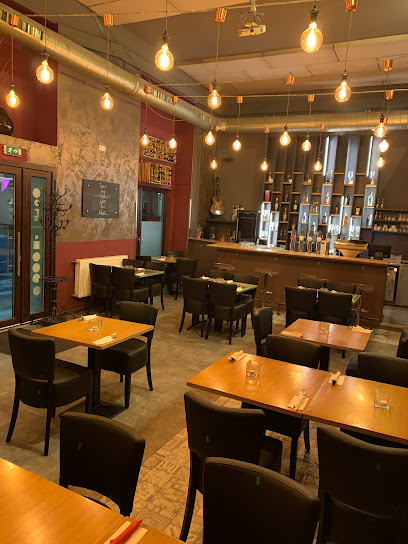
Markets, malls and hidden boutiques
Flying Tiger Copenhagen
Explore a whimsical world of unique gifts, toys, and home goods at Flying Tiger Copenhagen, a must-visit destination in Vienna.
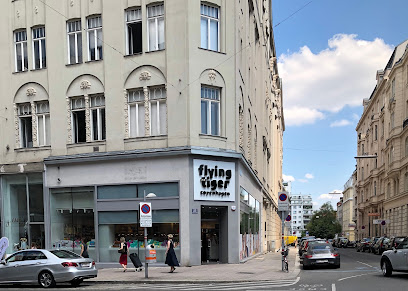
KULT
Explore KULT in Vienna for stylish men's and women's clothing that reflects the city's vibrant fashion scene.
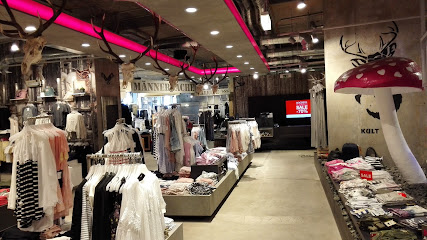
HANNIBALs
Explore HANNIBALs in Vienna: where unique gifts, local art, and gourmet delights come together to create the perfect shopping experience.
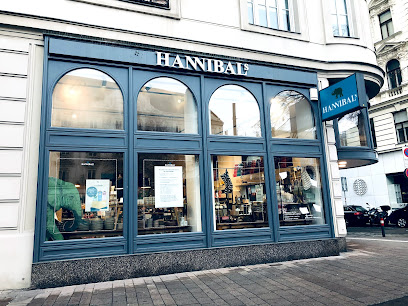
THCBD Austria - The Hemp Cannoisseurs Best Delights | Glass Gallery & Hanf Boutique - Heady Store - CBD & Grow Shop Wien
Explore THCBD Austria, a unique cannabis store and art gallery in Vienna, where hemp meets creativity in a vibrant boutique setting.
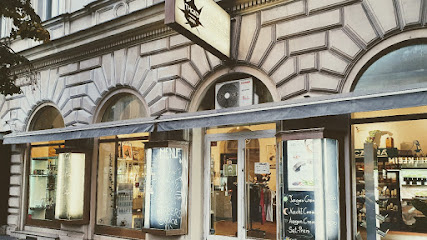
Samt und Sonders
Discover unique gifts and local treasures at Samt und Sonders, Vienna's enchanting gift shop offering a blend of fashion, gourmet, and toys.
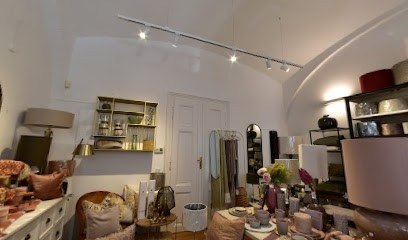
The Vienna Gallery Store
Discover unique art, antiques, and fashion accessories at The Vienna Gallery Store, a must-visit destination for tourists in Vienna.
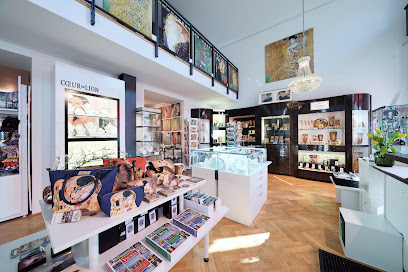
Verena Boutique
Explore Verena Boutique in Vienna for unique women's clothing that blends contemporary style with local craftsmanship.
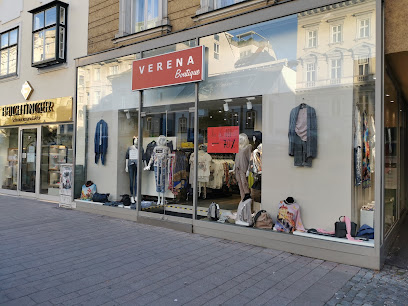
Boutique Emilia
Explore Boutique Emilia in Vienna for a curated selection of stylish clothing that reflects contemporary European fashion and elegance.
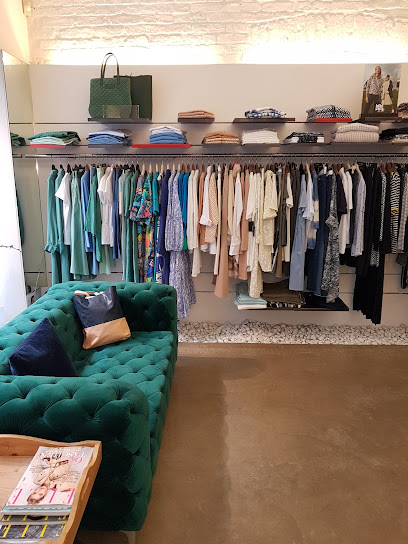
Dea
Discover unique treasures and local craftsmanship at Dea, a boutique in Vienna's Landstraße district, perfect for every discerning traveler.
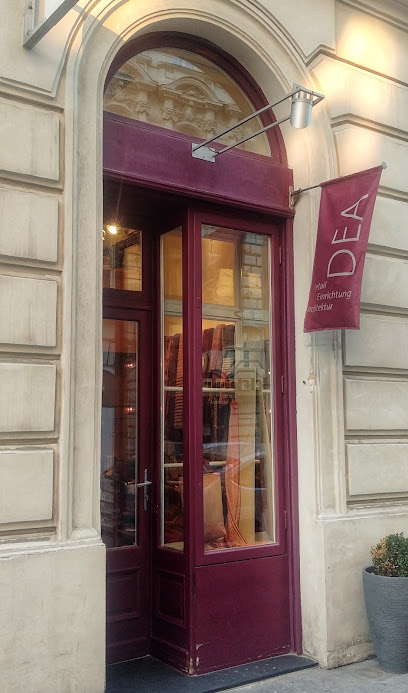
At Boutique
Discover unique handcrafted items and local treasures at At Boutique in Vienna's Landstraße district, a shopping gem for every traveler.
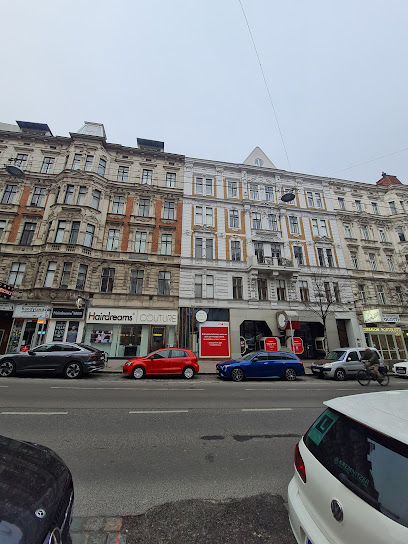
Essential bars & hidden hideouts
The Golden Harp - Irish Pub Landstraße
Experience the true essence of Ireland at The Golden Harp, a vibrant Irish pub in Vienna's Landstraße district, serving traditional food and lively music.
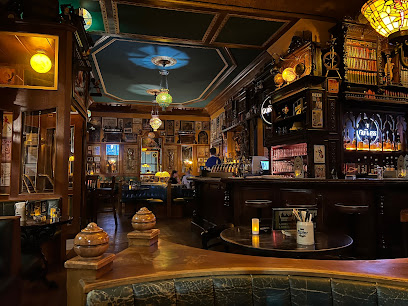
ausklang | bar cafe restaurant
Discover the vibrant atmosphere of ausklang, a bar cafe restaurant in Vienna, where culinary delights and live music create unforgettable experiences.

Heunisch & Erben
Experience the elegance of Heunisch & Erben, where exquisite dining meets a curated wine selection in the heart of Vienna.
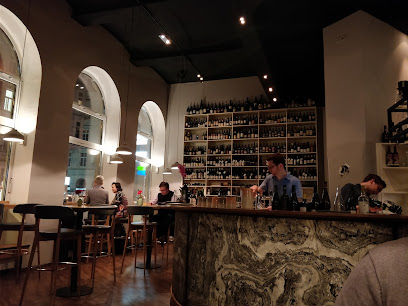
Viki's Pub so oder so
Discover the charm of Viki's Pub in Vienna, where locals gather for good drinks and great company in a cozy atmosphere.
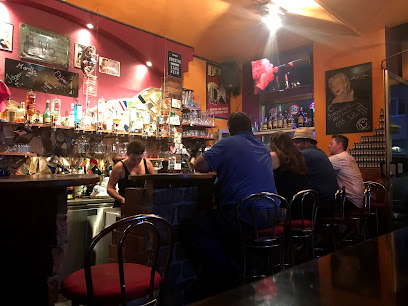
SELLENY'S Bar
Selleny's Bar: Experience Vienna's vibrant cocktail scene with innovative drinks and a lively atmosphere, just steps from Stadtpark.
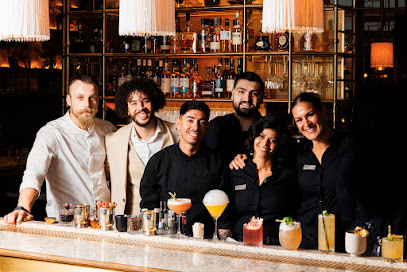
Arrigo Bar
Experience the vibrant nightlife of Vienna at Arrigo Bar, where exquisite cocktails meet a stylish atmosphere.
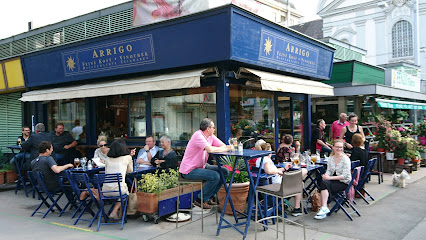
Neulich
Experience the vibrant nightlife of Vienna at Neulich, a trendy bar renowned for its crafted cocktails and cozy ambiance, perfect for unwinding with friends.
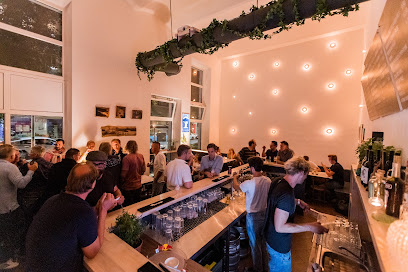
diesels-die bar im dritten
Discover the charm of Diesels, a cozy bar blending cafe and gastropub vibes in the heart of Vienna for an unforgettable experience.
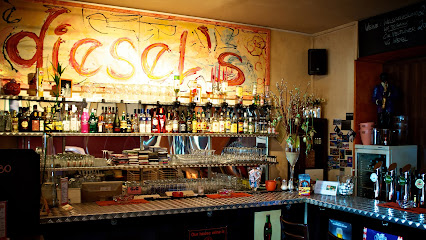
The Wild Geese
Experience the vibrant atmosphere and exceptional drinks at The Wild Geese, a must-visit bar in Vienna's Landstraße district.
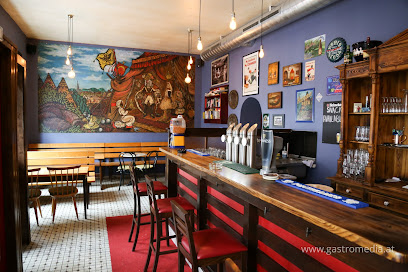
Latidos
Discover Latidos, Vienna's chic cocktail bar offering an extensive drink menu and an inviting atmosphere perfect for a memorable night out.
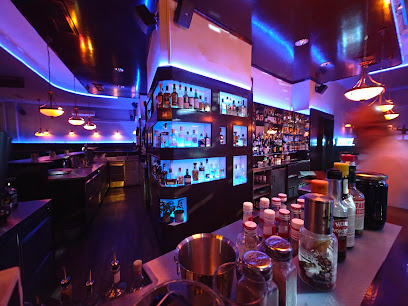
Local Phrases
-
- HelloServus
[Sair-voos] - GoodbyeAuf Wiedersehen
[Owf Vee-der-sehn] - YesJa
[Yah] - NoNein
[Nine] - Please/You're welcomeBitte
[Bitt-eh] - Thank youDanke
[Dahn-kah] - Excuse me/SorryEntschuldigung
[Ent-shool-dee-goong] - How are you?Wie geht es dir?
[Vee gayt es deer?] - Fine. And you?Gut. Und dir?
[Goot. Oond deer?] - Do you speak English?Sprechen Sie Englisch?
[Shpre-khen Zee Eng-leesh?] - I don't understandIch verstehe nicht
[Eekh fair-shtay-eh neekt]
- HelloServus
-
- I'd like to see the menu, pleaseIch hätte gerne die Speisekarte, bitte
[Eekh hat-eh gair-neh dee Shpy-ze-kar-teh, bitt-eh] - I don't eat meatIch esse kein Fleisch
[Eekh ess-eh kine Fly-sh] - Cheers!Prost!
[Prohst] - I would like to pay, pleaseIch möchte bitte zahlen
[Eekh mehrk-tuh bitt-eh tsah-len]
- I'd like to see the menu, pleaseIch hätte gerne die Speisekarte, bitte
-
- Help!Hilfe!
[Hil-fuh] - Go away!Geh weg!
[Gay vehg] - Call the Police!Rufen Sie die Polizei!
[Roo-fen Zee dee Poh-lee-tsai!] - Call a doctor!Rufen Sie einen Arzt!
[Roo-fen Zee i-nen Ahr-tsht!] - I'm lostIch habe mich verirrt
[Eekh hah-buh meekh fair-eert] - I'm illIch bin krank
[Eekh been krahngk]
- Help!Hilfe!
-
- I'd like to buy...Ich möchte...kaufen
[Eekh mehrk-tuh...kouf-ehn] - I'm just lookingIch schaue nur
[Eekh shou-eh noor] - How much is it?Wie viel kostet das?
[Vee feel kohs-tet dahs?] - That's too expensiveDas ist zu teuer
[Dahs ist tsoo toy-er] - Can you lower the price?Können Sie den Preis senken?
[Kern-en Zee den Prize zehn-ken?]
- I'd like to buy...Ich möchte...kaufen
-
- What time is it?Wie spät ist es?
[Vee shpayt ist es?] - It's one o'clockEs ist ein Uhr
[Es ist iyn oor] - Half past (10)Halb elf
[Halb elf] - MorningMorgen
[Mor-gen] - AfternoonNachmittag
[Nahk-mit-tahk] - EveningAbend
[Ah-bend] - YesterdayGestern
[Ges-tern] - TodayHeute
[Hoy-tuh] - TomorrowMorgen
[Mor-gen] - 1Eins
[Iyns] - 2Zwei
[Tzvai] - 3Drei
[Drai] - 4Vier
[Feer] - 5Fünf
[Fuhnf] - 6Sechs
[Zeks] - 7Sieben
[Zee-ben] - 8Acht
[Ahhkt] - 9Neun
[Noyn] - 10Zehn
[Tsehn]
- What time is it?Wie spät ist es?
-
- Where's a/the...?Wo ist ein/der...?
[Voh ist iyn/dehr...?] - What's the address?Was ist die Adresse?
[Vas ist dee Ah-dreh-suh?] - Can you show me (on the map)?Können Sie mir zeigen (auf der Karte)?
[Kern-en Zee meer tsay-gen (ouf dehr Kar-teh)?] - When's the next (bus)?Wann kommt der nächste (Bus)?
[Vahn kohmt dehr nekh-steh (Boos)?] - A ticket (to ....)Eine Fahrkarte (nach ....)
[I-nuh Fahr-kar-teh (nahkh ....)]
- Where's a/the...?Wo ist ein/der...?
History of Landstraße
-
Landstraße, one of Vienna's oldest districts, has its origins in the 13th century when it was first mentioned as a settlement along the ancient Roman road leading to the east. The area became known for its agricultural land and later developed as a residential district for the growing population of Vienna.
-
In the mid-19th century, the construction of the Ringstraße transformed Landstraße. This grand boulevard encircled the inner city and was designed to showcase the architectural grandeur of the Austro-Hungarian Empire. The district became home to many significant buildings, including the Vienna State Opera and the Museum of Applied Arts, reflecting the cultural aspirations of the time.
-
Throughout the 19th and early 20th centuries, Landstraße evolved into a cultural melting pot, attracting diverse communities, including Jews and Italians. The district became known for its vibrant cafés, theaters, and galleries, contributing to Vienna's reputation as a center of art and music. It was during this time that the famous artist Gustav Klimt, a leading figure of the Vienna Secession, made Landstraße his home.
-
During World War II, Landstraße, like much of Vienna, suffered extensive damage from bombing raids. The post-war era brought reconstruction efforts, but the area also faced challenges with urban decay. Nevertheless, the restoration of historical sites and the establishment of new cultural institutions helped revitalize Landstraße in the latter half of the 20th century.
-
Today, Landstraße is known for its diplomatic presence, housing numerous embassies and international organizations. The area has maintained its cultural vibrancy, with attractions like the Belvedere Palace, which showcases Austrian art, including works by Klimt and Schiele. The district continues to blend historical significance with contemporary life, making it a key part of Vienna's narrative.
Landstraße Essentials
-
Landstraße is easily accessible from various parts of Vienna. You can take the U-Bahn (subway) to the Landstraße-Wien Mitte station, which is served by U3 and U4 lines. The S-Bahn also stops here, connecting Landstraße to the wider Vienna area. Trams and buses are plentiful, with routes 71 and 4 passing through the neighbourhood. For visitors arriving at Vienna International Airport, the City Airport Train (CAT) provides a direct link to Landstraße in about 16 minutes.
-
Landstraße is well-served by public transport, including U-Bahn, trams, and buses. The U3 line offers quick access to the city center and other districts. Bicycles can be rented through various bike-sharing services, and dedicated bike lanes make cycling a viable option. Walking is also pleasant, as many attractions are within a short distance. Taxis are readily available, but rideshare services like Uber operate in the area as well.
-
Landstraße is generally a safe neighbourhood for tourists, but standard precautions should be observed. Avoid poorly lit streets at night and keep belongings secure in crowded places. While high crime rates targeting tourists are not prevalent, it’s advisable to be cautious in areas around the train stations, particularly at night.
-
In case of emergencies, dial 112 for police, fire, or medical assistance. The nearest hospital is the Rudolfstiftung, located within Landstraße. It is advisable to have travel insurance that covers medical emergencies. Pharmacies are available for minor health issues, and many have English-speaking staff.
-
Fashion: Do dress appropriately, especially when visiting religious sites like the nearby Belvedere Palace. Don't wear overly casual or revealing clothing. Religion: Do be respectful of local customs; cover your shoulders and knees when visiting churches. Public Transport: Do validate your ticket before boarding and give up your seat for the elderly. Don't eat or drink on public transport. Greetings: Do greet locals with a polite handshake, and a smile goes a long way. Eating & Drinking: Do try traditional Viennese cuisine at local restaurants. Don't refuse food or drink offered by locals, as it may be seen as impolite.
-
To experience Landstraße like a local, visit the Naschmarkt, a vibrant market offering a variety of fresh produce, delicacies, and international cuisine. Explore the local cafes and patisseries for authentic Viennese coffee and pastries. Engage with locals; they are often open to sharing their favourite spots and hidden gems. Attend one of the many cultural events at the nearby Wiener Konzerthaus or enjoy a leisurely stroll in the Stadtpark, where you can see the famous Johann Strauss statue.
Nearby Cities to Landstraße
-
Things To Do in Eisenstadt
-
Things To Do in Bratislava
-
Things To Do in Sopron
-
Things To Do in Trnava
-
Things To Do in Szombathely
-
Things To Do in Gyor
-
Things To Do in Brno
-
Things To Do in Trenčín
-
Things To Do in Graz
-
Things To Do in Zalaegerszeg
-
Things To Do in Linz
-
Things To Do in České Budějovice
-
Things To Do in Tatabanya
-
Things To Do in Veszprem
-
Things To Do in Olomouc








